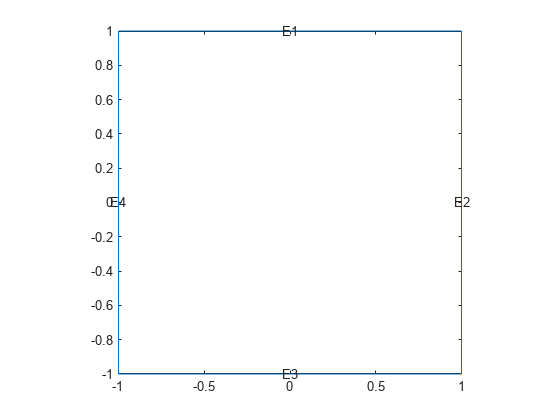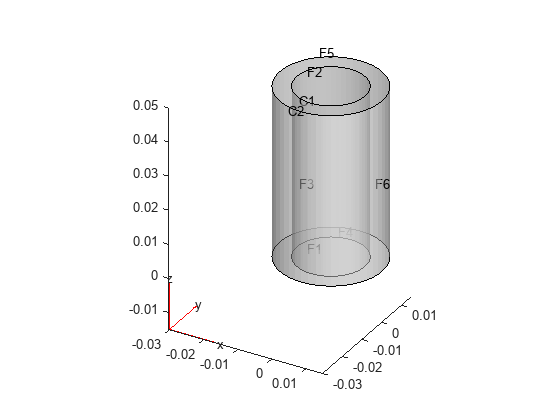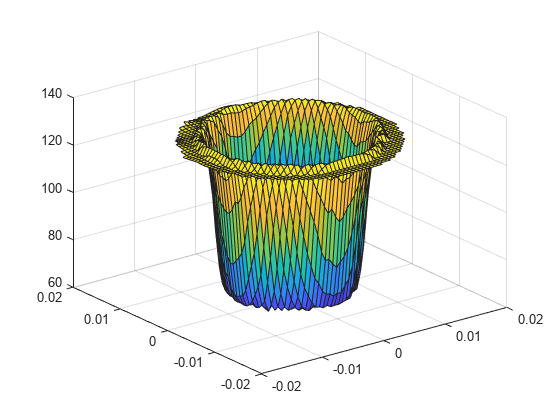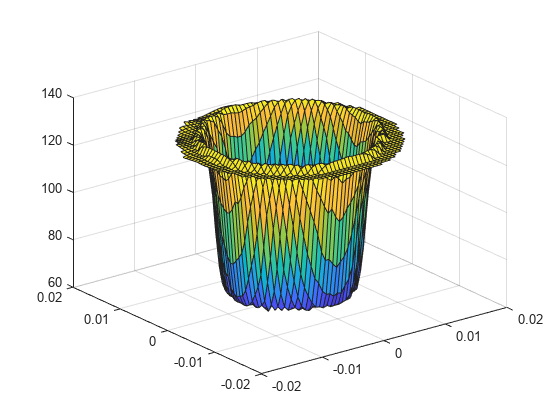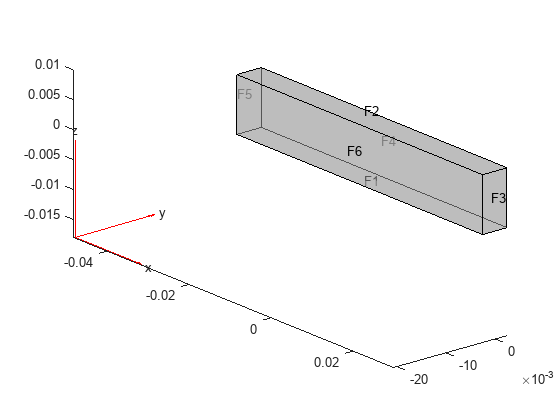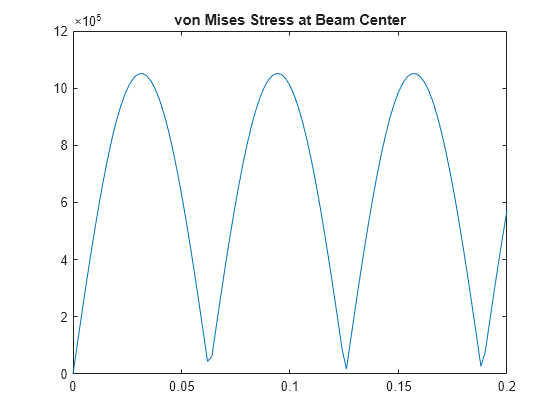interpolateVonMisesStress
Interpolate von Mises stress at arbitrary spatial locations
Syntax
Description
intrpVMStress = interpolateVonMisesStress(structuralresults,xq,yq)xq and yq. For transient and frequency
response structural problems, interpolateVonMisesStress
interpolates von Mises stress for all time or frequency steps, respectively.
intrpVMStress = interpolateVonMisesStress(structuralresults,xq,yq,zq)xq, yq, and
zq.
intrpVMStress = interpolateVonMisesStress(structuralresults,querypoints)querypoints.
